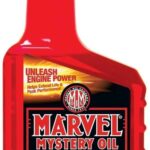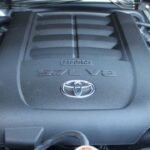
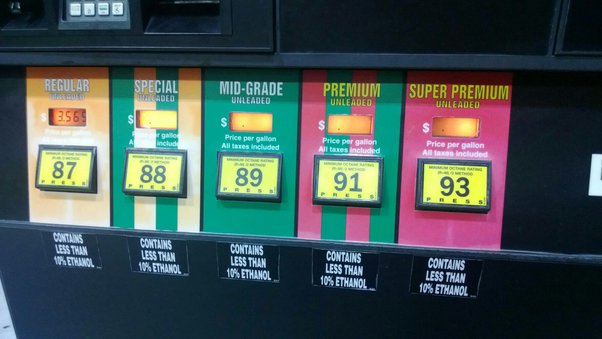
Is It Bad to Mix Gas Brands?
Ever found yourself at a gas station wondering if it’s cool to mix different gas brands in your car? You’re not alone.
Let’s dive into this fuel-filled topic, keeping it real and straightforward.
We’re talking about whether switching between gas stations and their offerings could mess with your car’s vibe or if it’s all just a bunch of hot air.
Table of Contents
Toggle
What’s the Deal with Different Gas Types?
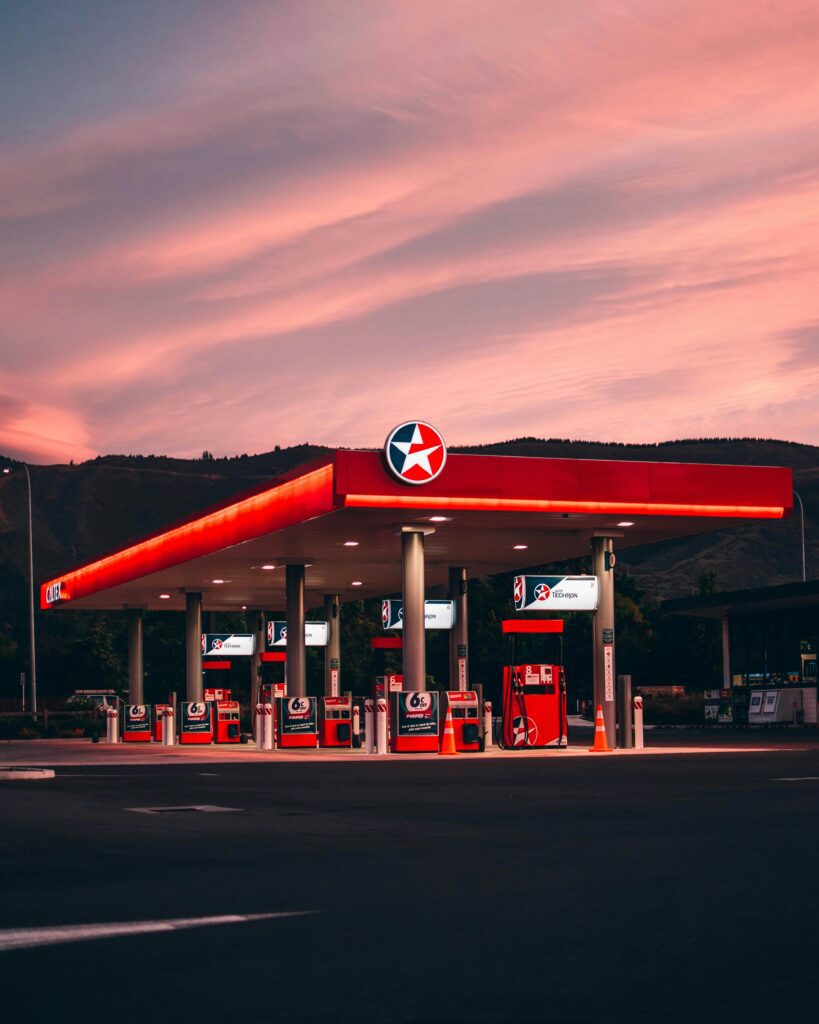
First off, let’s break down the basics.
Gasoline, the juice that powers most cars, comes in various flavors – not just the taste (please, don’t try sipping it!) but in terms of octane levels and types.
You’ve got your regular, mid-grade, and premium. Each has its own scene, designed for different types of engines.
- Regular Gasoline: The everyday fuel for most cars.
- Mid-Grade Gasoline: A step up, with a bit more octane.
- Premium Gasoline: High-octane gas for high-performance engines.
The Myth of Mixing Fuel Types
So, you’re at the pump, and the question pops up: “Is it bad to mix gas brands?”
Here’s the scoop.
Whether you’re topping off with premium fuel at a fancy station or going for the regular at your corner spot, the impact on your car is minimal.
The real talk is about the octane rating and what your car recommends.
Premium vs. Regular: What’s Your Car Craving?
Cars that require premium gas are like those high-maintenance friends who only drink top-shelf liquor.
They need that higher octane to keep running smoothly.
On the flip side, most cars are cool with regular gasoline.
Mixing different gas brands isn’t the issue; it’s about sticking to the right octane level your ride needs.
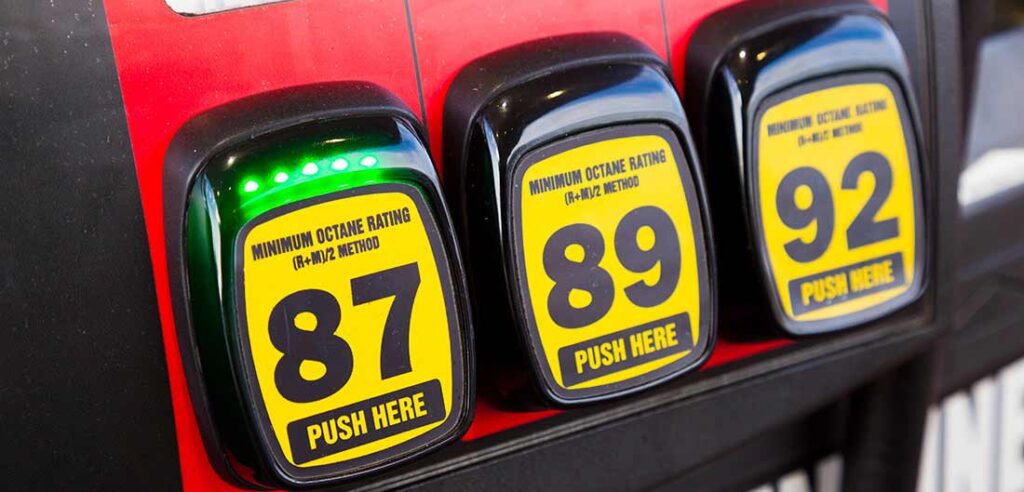
The Science Behind the Scenes
Inside your car’s engine, the gasoline gets cozy with air to create a mixture that, when ignited, powers your ride.
This is where terms like “air fuel mixture” and “internal combustion engine” come into play.
High-octane fuels burn a bit differently than regular ones, affecting performance and fuel economy.
Does Brand Loyalty Matter at the Pump?
Heading to different gas stations and wondering if brand loyalty is key? Here’s a story for you.
Imagine two diners serving the same burger recipe.
One might have a slightly different sauce, but in the end, a burger is a burger, right? Same goes for gas.
The difference between gas types at various stations is minimal, so no stress if you mix brands.
Performance, Economy, and Your Wallet
Let’s talk about what really matters – keeping your car running sweet while not burning a hole in your pocket.
Whether you’re after fuel efficiency or trying to get the best gas mileage, the type of gasoline plays a role.
But remember, it’s more about the grade (regular, mid-grade, premium) than the brand.
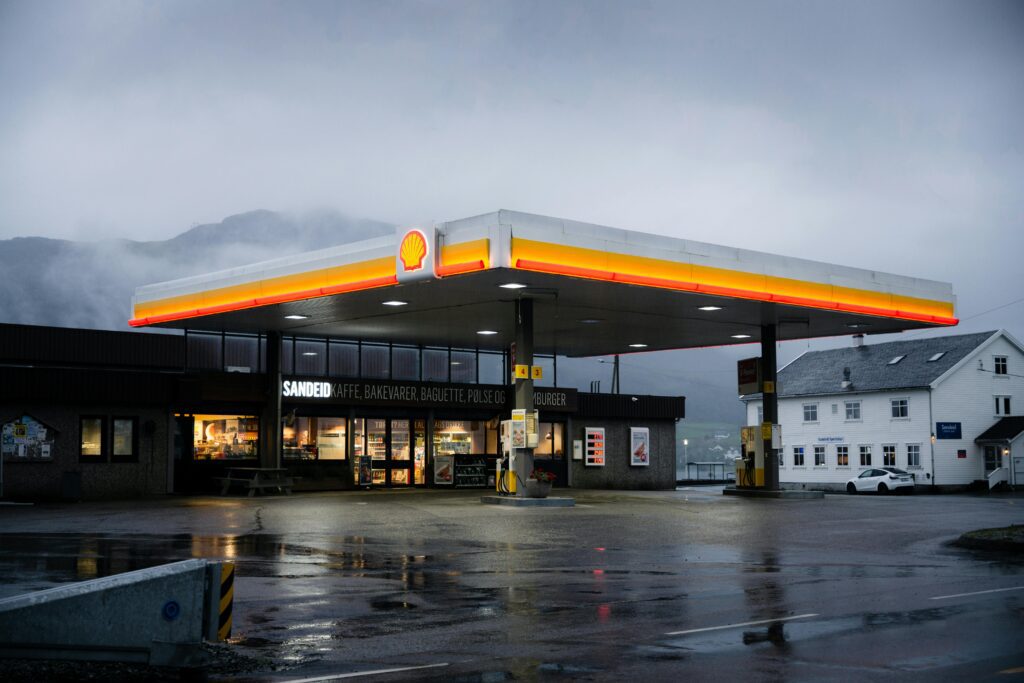
Is It Bad To Mix Gas Brands: Yay or Nay?
Mixing different types of fuel isn’t a cardinal sin, but it’s not exactly recommended.
If your car is designed for premium fuel, sticking to higher octane gas is the way to go.
For the regular gas crowd, mixing in some premium won’t hurt, but it’s like adding a splash of expensive wine to a cheap one – not necessary and a bit of a waste.
The Verdict on Gas Brands and Your Car
So, is it bad to mix gas brands?
The short answer: Not really.
The long answer involves understanding your car’s needs, the difference between gas types, and that, at the end of the day, gasoline is gasoline.
Whether it’s unleaded gasoline, diesel fuel (oh, we didn’t forget about you, diesel engine drivers), or premium vs. regular, the key is knowing what your car digs.
Keeping Your Ride Happy
Here are a few parting tips to keep your car running like a dream:
- Know Your Car: Check the manual. Does it recommend premium or is regular gasoline cool?
- Octane Over Brand: Focus on the right octane level for your car, not the gas station brand.
- Performance and Economy: Remember, the right grade of fuel can impact your car’s performance and fuel economy.
- Price vs. Performance: Higher octane fuel usually costs more. Weigh the benefits against your car’s requirements.
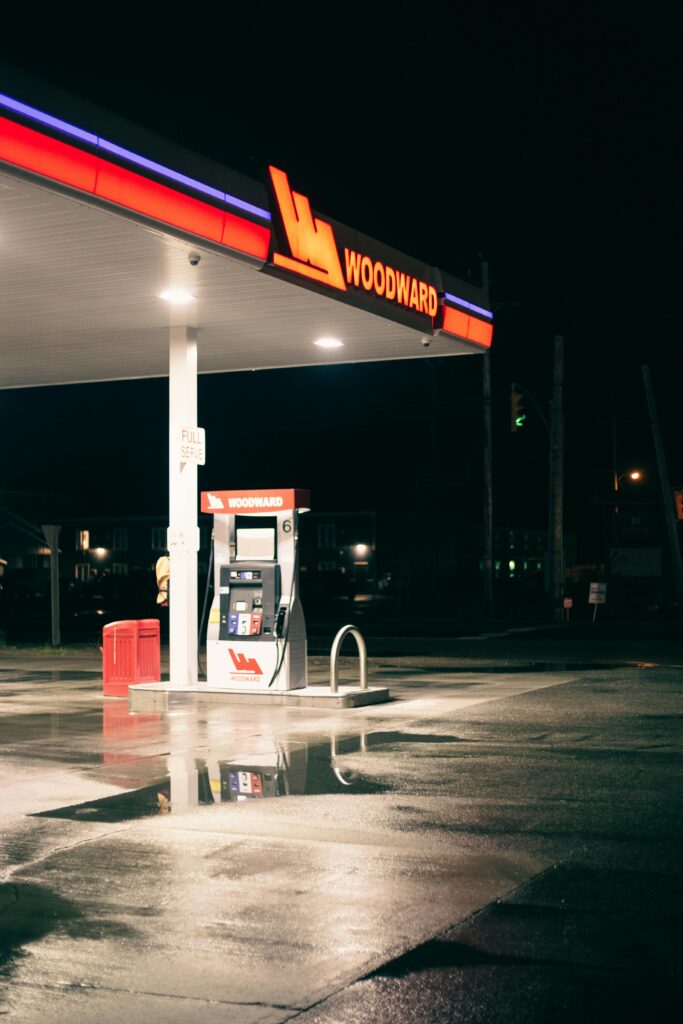
FAQ Section: Is It Bad To Mix Gas Brands
Q: Can I switch between premium and regular gas if gas prices are high?
A: While your wallet might appreciate the break, consistently switching from premium to regular (if your car requires premium) can lead to decreased performance and efficiency.
It’s okay occasionally, but try to stick to what’s recommended for the best care of your engine.
Q: How does the type of gas I use affect my gasoline engine?
A: The type of gas you use can impact how well your engine performs.
Premium gas is designed for engines that require a higher octane level to prevent knocking and ensure smooth operation.
Regular gas is suited for most engines without these high-performance needs.
Q: What happens if I don’t maintain my fuel system?
A: Neglecting your fuel system can lead to a buildup of deposits in your fuel injectors, reduced fuel efficiency, and potential engine damage.
Regular maintenance helps ensure your fuel system delivers gas to your engine efficiently.
Q: How often should I check my spark plugs?
A: It’s a good idea to check your spark plugs according to your car manufacturer’s recommendations, usually every 30,000 to 50,000 miles.
This can vary based on the type of spark plugs your car uses and the type of fuel you’re putting into your engine.
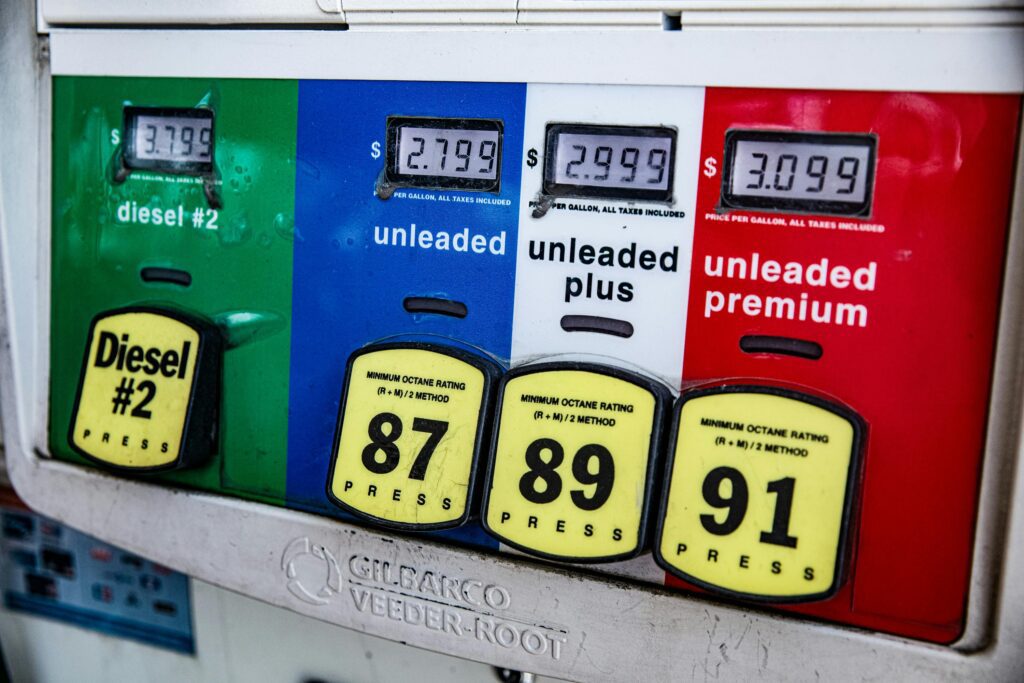
Engage and Share Your Fuel Stories
Got a tale about mixing gas brands or a tip on keeping your car fuel-efficient? Hit us up in the comments. Sharing is caring, and we’re all about keeping the conversation going. Whether it’s about gas mileage, types of gasoline, or just a funny story at the pump, we’re here for it.
Remember, cars are like people – a little quirky, with their own needs and preferences. Keep yours happy with the right fuel, and you’ll be cruising worry-free.
Add a comment Cancel reply
Categories
Recent Posts
About us

Popular Tags
Related posts





